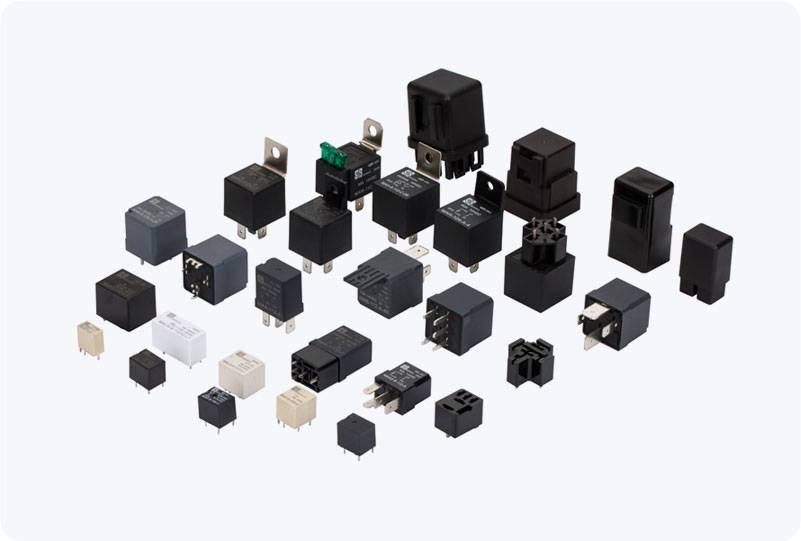In the realm of electrical engineering and automation, safety is paramount. One vital component that significantly enhances electrical safety is the Safety Isolated Relay (SIR). These devices are designed to ensure that electrical systems operate reliably while providing the necessary isolation to protect both equipment and personnel from potential electrical hazards. This article delves into the functionality, features, applications, and benefits of Safety Isolated Relays, shedding light on their importance in modern industrial settings.

What is a Safety Isolated Relay? A Safety Isolated Relay is an electromechanical or solid-state device that controls the flow of electrical current while maintaining a safe separation between its input and output circuits. This isolation prevents high voltages or currents in one part of the system from affecting sensitive components in another, thus safeguarding vulnerable machinery and personnel. SIRs are essential in applications where safety, reliability, and compliance with industry standards are critical. How Does it Work? Safety Isolated Relays operate on a simple principle: they receive an input signal, and upon meeting predetermined conditions, they switch on or off, thereby controlling an output circuit. The relay utilizes an electromagnetic mechanism to create a physical separation between the control circuit and the load circuit. In solid-state versions, semiconductor devices fulfill this role with even greater reliability and durability.